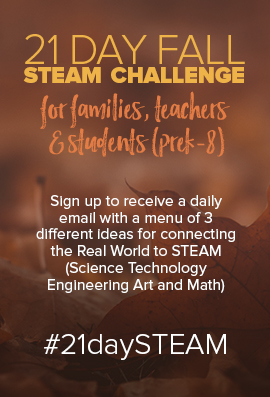

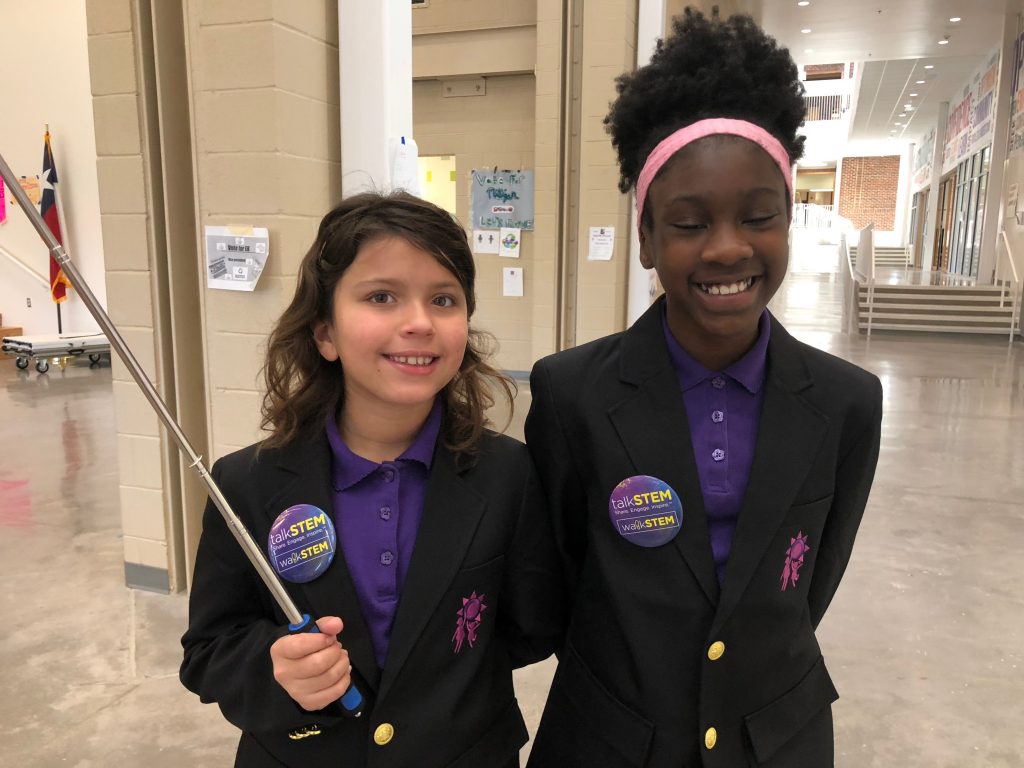

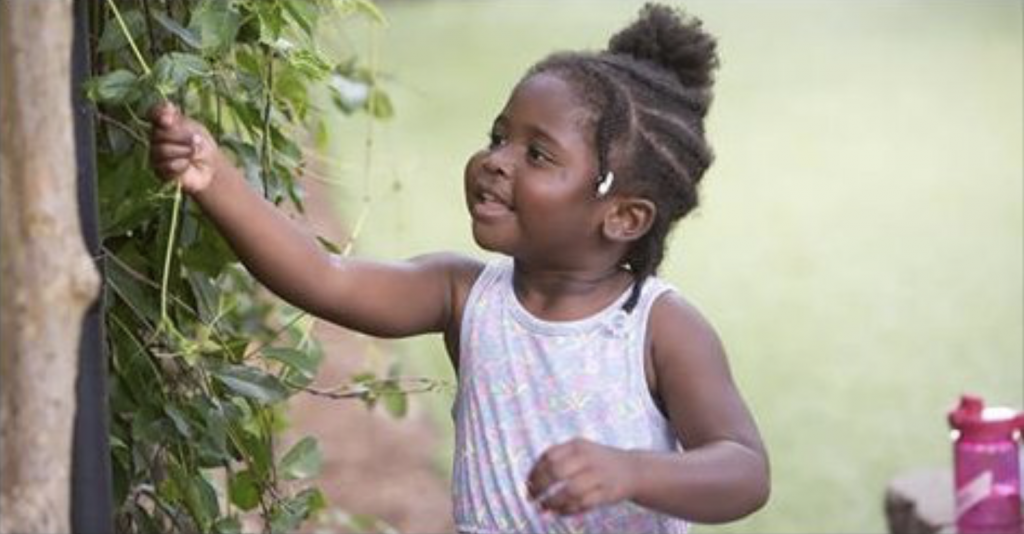

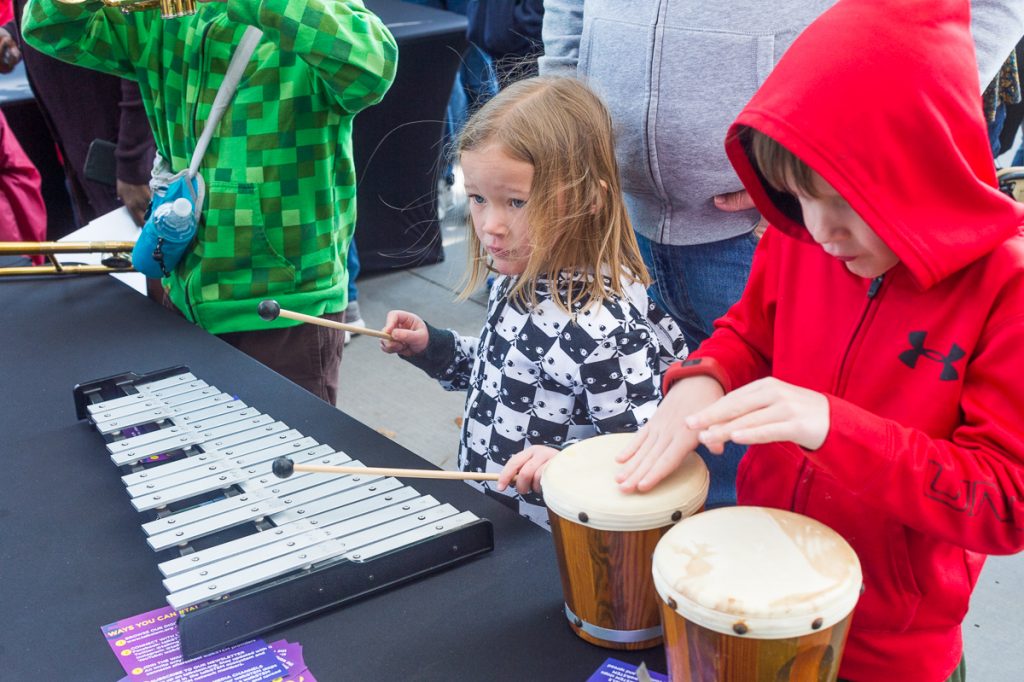

Fall is a beautiful time of year to get outside and explore! The 21-Day Fall STEAM Challenge provides subscribers with no-cost STEM activities for both indoors and outdoors, including going for a walk in your neighborhood or park to collect materials such as leaves or twigs for a fun sorting activity- perfect for preschool-age children and up! Parents, classroom educators (Prek-8), out of school educators, and others will appreciate this free resource. Subscribe now.
You can sign up by scrolling down to the 21-Day Challenge image on the sidebar of our home page. Just enter your email and it’s as easy as that. You will be helping us work to our mission of reaching more children and helping them to adopt STE(A)M mindsets and thereby allow them to participate in the STEM/STEAM network. In this way, ALL children can grow their unique STEM identity – girls, underrepresented groups and more! You can have fun exploring the world through a STEM lens with the children.
Here’s a question we often get: Why call it a STEAM challenge when we are the talkSTEM nonprofit organization? In other words, why the “A” (referring to Art, Design & Humanities)? We definitely see the tight connections between STEM and the Arts in ALL our programs and activities, including our flagship walkSTEM initiative and our Pi Day Math Festival. We wanted to highlight this broad perspective and named this program “STEAM” to underscore this point. Sometimes, it’s difficult to communicate our stance in a brief manner, especially given the number of acronyms out there (think STEAMM, STREAM, etc). The extra “M” is for manufacturing and the “R” is for Reading and wRiting. We agree with the spirit behind all these – the more connections we make, the more realistic are our knowledge representations, and the more deeply will our children identify with what they are being taught. The real world is a beautifully interdisciplinary place after all! So, we use STEM, STEAM, and STREAM interchangeably and named ourselves a STEM-based organization on this foundational premise.
When you subscribe for the 21-day challenge and are exploring the world around you with the children, you may also find angles in nature and on buildings for your children to identify and measure. The 21-Day STEAM Challenge includes an activity for this. You can also visit talkSTEM.org/GoodnightDallas to purchase a copy of our recently released book, Goodnight Dallas, walkSTEM Edition, perfect for children ages 3 and up! The book includes a transparent Angle-a-tron tool, and you can watch a video here to learn how to use the fun tool with your children!
Next, go on a leaf hunt! Children love feeling the texture and seeing the colors of leaves as they change in the fall. You will be helping g them hone their observation skills, a foundational skill in STEM education experiences. You can observe and compare the color of leaves, discuss the science behind the color-changing, and even use the leaves to learn about math concepts like counting, size, and measurement.
Many families love to celebrate Autumn in the days leading up to Halloween, and the 21 Day STEAM Challenge includes lots of engaging pumpkin- and candy-related activities, including estimating the number of seeds in a pumpkin, suggesting geometric shapes to carve into a jack-o-lantern, and discussing the differences between a fresh and decaying pumpkin or ghourd! Children can also compare sizes by collecting, arranging, and displaying various seeds from smallest to largest.
Have a surplus of candy after Halloween? Turn the delicious treats into a learning opportunity! The 21 Day Fall STEAM Challenge includes ideas for sorting and measuring candy, building with candy corn, designing and building a candy catapult, and testing the chemical makeup of different types of candy by seeing if and how fast it dissolves in a bowl of water. You will also learn how to teach your children about the optical phenomenon of triboluminescence by biting down on certain types of candy- how cool is that!
Learn about quick experiments you can try at home! For example, Get two cups. Fill one to the rim with water. Mix two tablespoons of liquid soap in the other and fill to the rim. Skim off the suds. Now, compare how many pennies you can add to each cup before the water overflows. Why the difference?
There are also lots of great fruits and vegetables in season in the fall, like apples! Exploring with fruits and vegetables is a great way to help children see the connection between math and biology, and the 21 Day STEAM Challenge supports this! Ask your children to predict how many seeds they might find inside an apple, for example, and cut one open to check their prediction against the real seed count. You can also cut a piece of fruit into different shapes and use it to talk with your children about fractions. For example, if you cut a pear in fourths and give two slices to your sibling, what fraction of the pear do you have left? Finally, the 21 Day STEAM Challenge includes activities on using the five senses to practice STEAM-thinking and make observations about different types of fall fruits and vegetables or hypothesize why they change color (such as apple browning) as they age.
Get details for all these activities and more straight to your inbox by subscribing to the 21 Day Fall STEAM Challenge! We know you and your children will love uncovering the STEAM in some traditional fall activities.
We would love to see pictures of you working on the challenge activities with your family using #21DaySTEAM and #talkSTEM. We can’t wait to see what you create!
Join our community to receive a notification when we have new content to share. You can sign up near the bottom of the home page. Also, follow us on:
Facebook: @talkSTEM
Twitter: @talkingSTEM
Instagram: @talkingSTEM
YouTube: walkSTEM Academy
Our YouTube channel contains over 160 short videos that all educators (parents, classroom educators, homeschooling groups, out of school educators and teacher educators will appreciate). Subscribe now and help us work toward our mission of reaching the maximum number of children we can in order to build STEM mindsets everywhere!


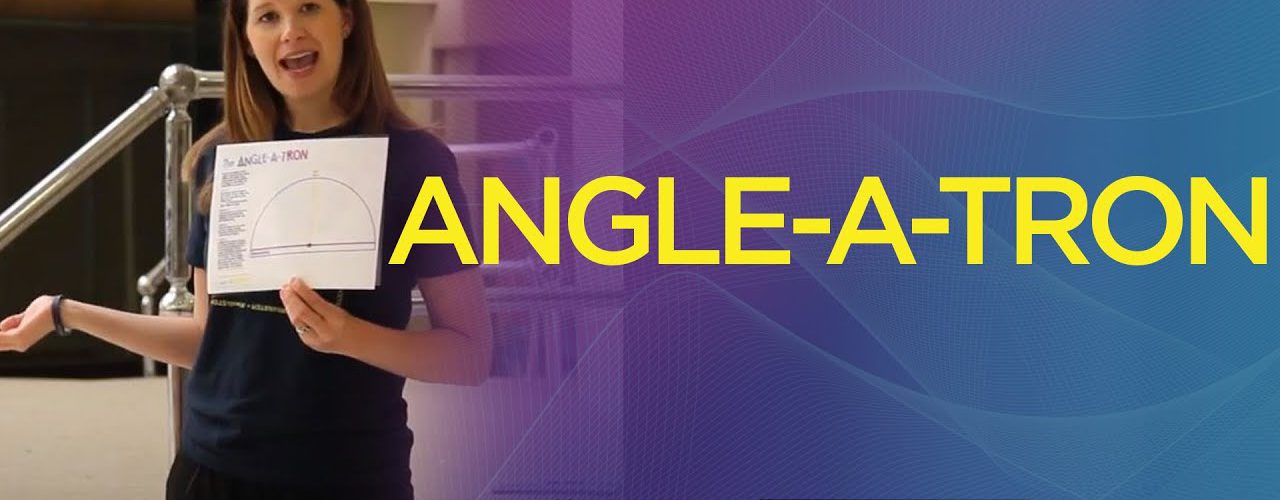





Add comment